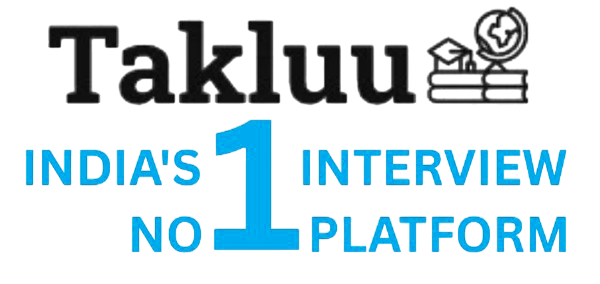ETL, an acronym for Extract, Transform, and Load, is a critical process in data warehousing and business intelligence. It represents a structured, three-phase approach to consolidating data from various disparate sources into a single, unified repository, such as a data warehouse or data lake. This process is the backbone of most data integration strategies, as it ensures that data is not only collected but also cleaned, standardized, and made reliable for reporting and analysis.
The three phases of the ETL process are distinct and sequential:
- Extract: This is the first phase, where raw data is retrieved from its original source systems. These sources can be incredibly varied, including relational databases, flat files (like CSV or text files), cloud applications, and web APIs. The extraction process is designed to be efficient and non-disruptive, ensuring that the source systems remain operational while data is being pulled.
- Transform: This is often the most crucial and complex phase of the process. Once the data is extracted, it undergoes a series of cleansing and manipulation operations. This includes applying business rules, filtering out irrelevant data, joining data from different sources, standardizing formats (e.g., converting dates or currencies), and validating data to ensure accuracy. The goal of the transformation phase is to prepare the data for its target destination and make it consistent and ready for analysis.
- Load: In the final phase, the transformed and cleansed data is written to the target system. This can be done through a full load, where all data is moved in a single operation, or more commonly, through an incremental load, where only new or changed data is loaded at regular intervals. This phase must be optimized for performance to ensure the target system remains accessible for users.
The importance of ETL lies in its ability to turn chaotic, siloed data into a valuable, organized asset. By providing a clean and centralized source of truth, ETL enables organizations to perform accurate business intelligence, generate insightful reports, and make informed, data-driven decisions that drive strategic growth and operational efficiency. The principles of ETL are so foundational that they have also influenced more modern data integration paradigms, such as ELT (Extract, Load, Transform).
